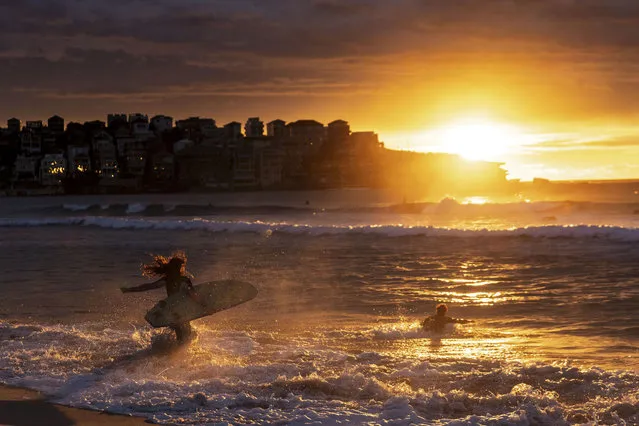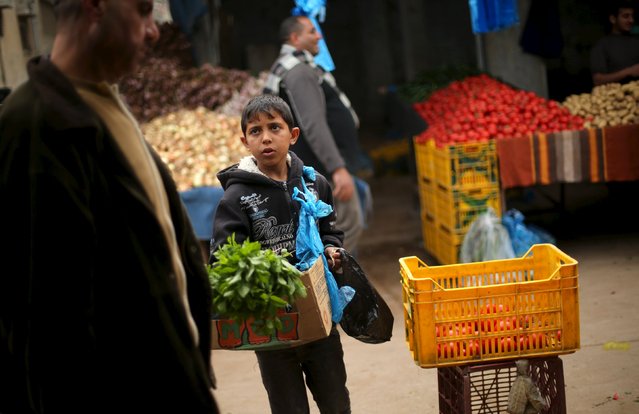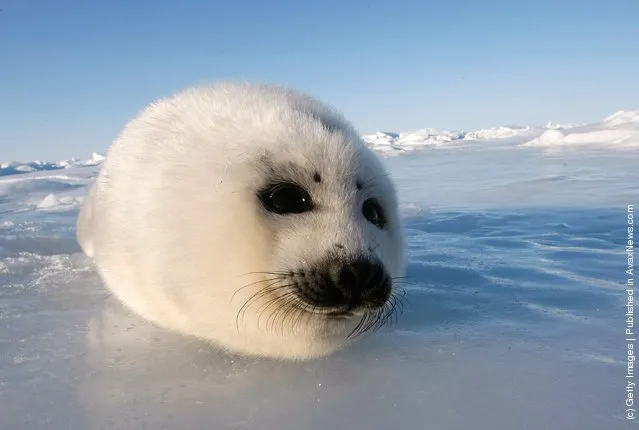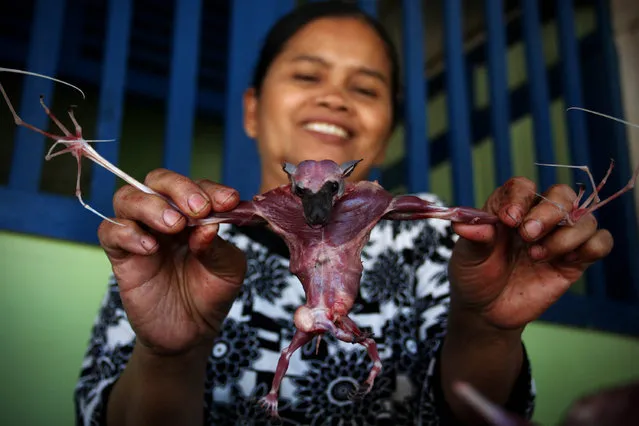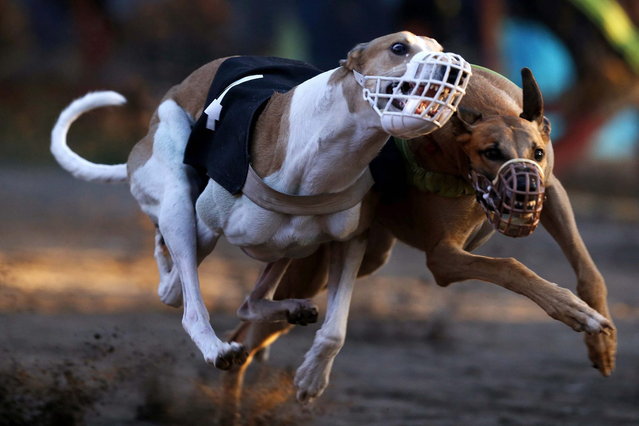
Greyhounds compete during a race at Santiago city, March 8, 2014. With over 100 years of history, greyhound racing attracts people mainly from rural areas of Santiago every weekend. Some dogs come from Argentina, the United States and Ireland and can develop a speed of up to 80 kilometers per hour on a straight running track of about 200 meters, according to organisers. Bets range from $2 to $1,000 per race, offering a livelihood for breeders and gamblers. (Photo by Ivan Alvarado/Reuters)
02 Apr 2014 09:02:00,post received
0 comments



